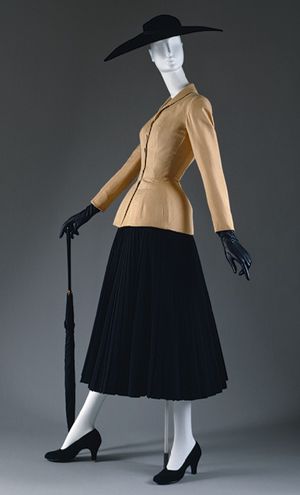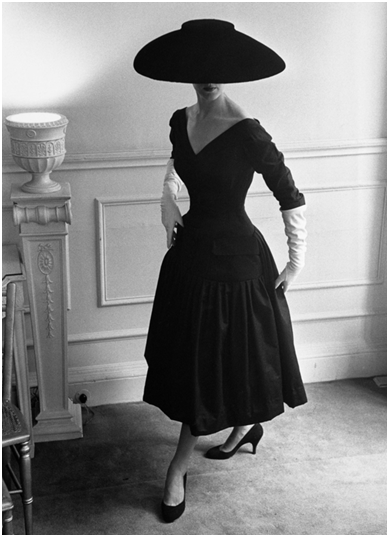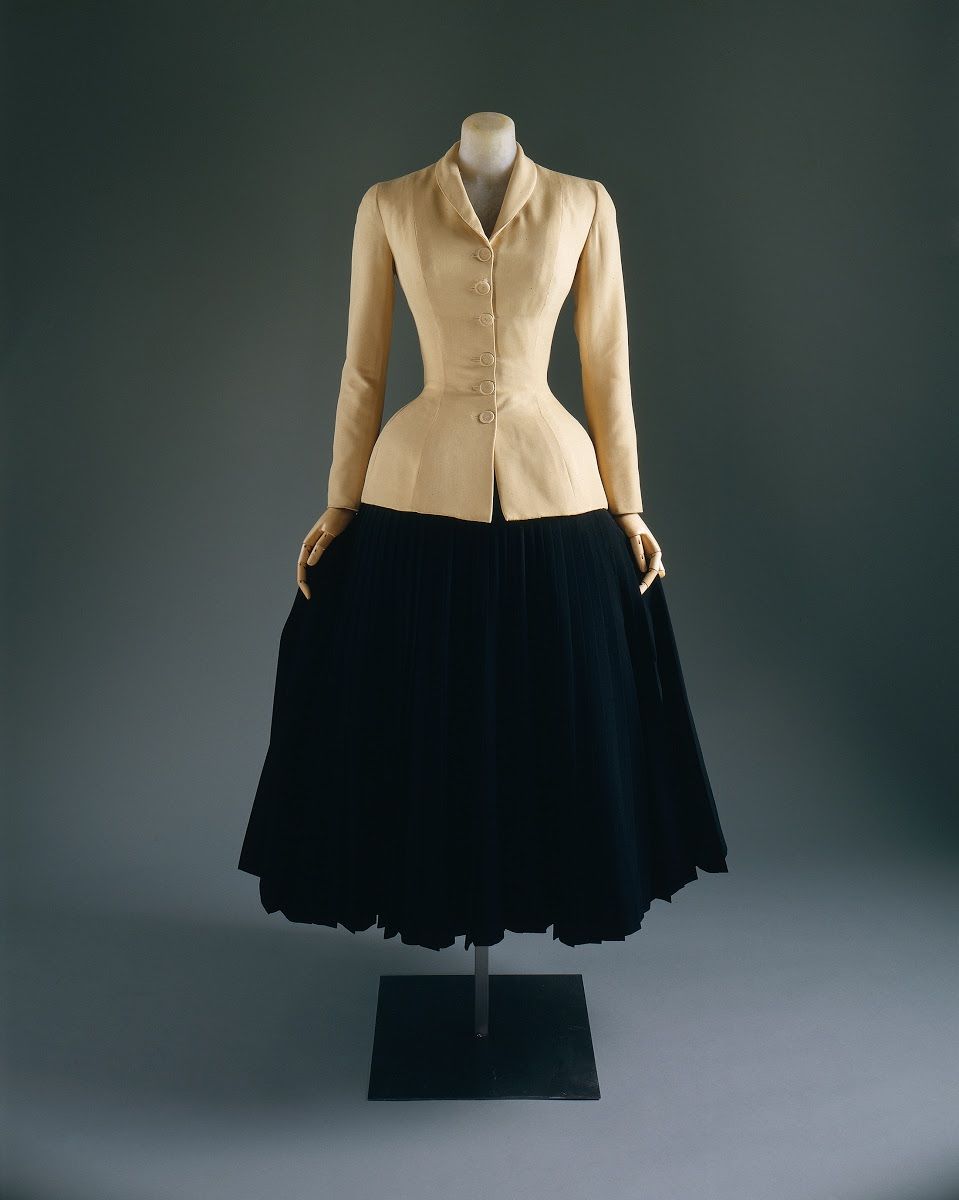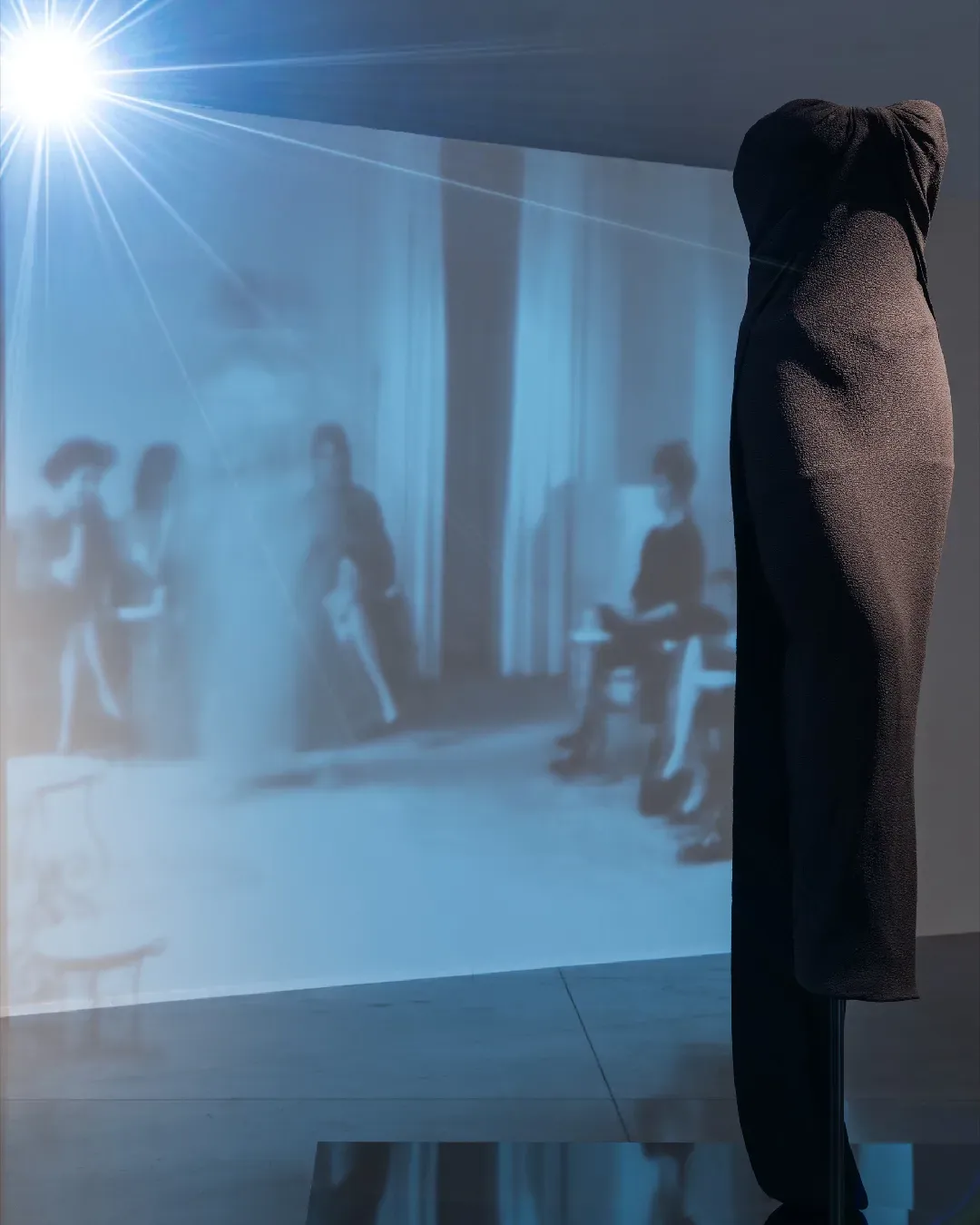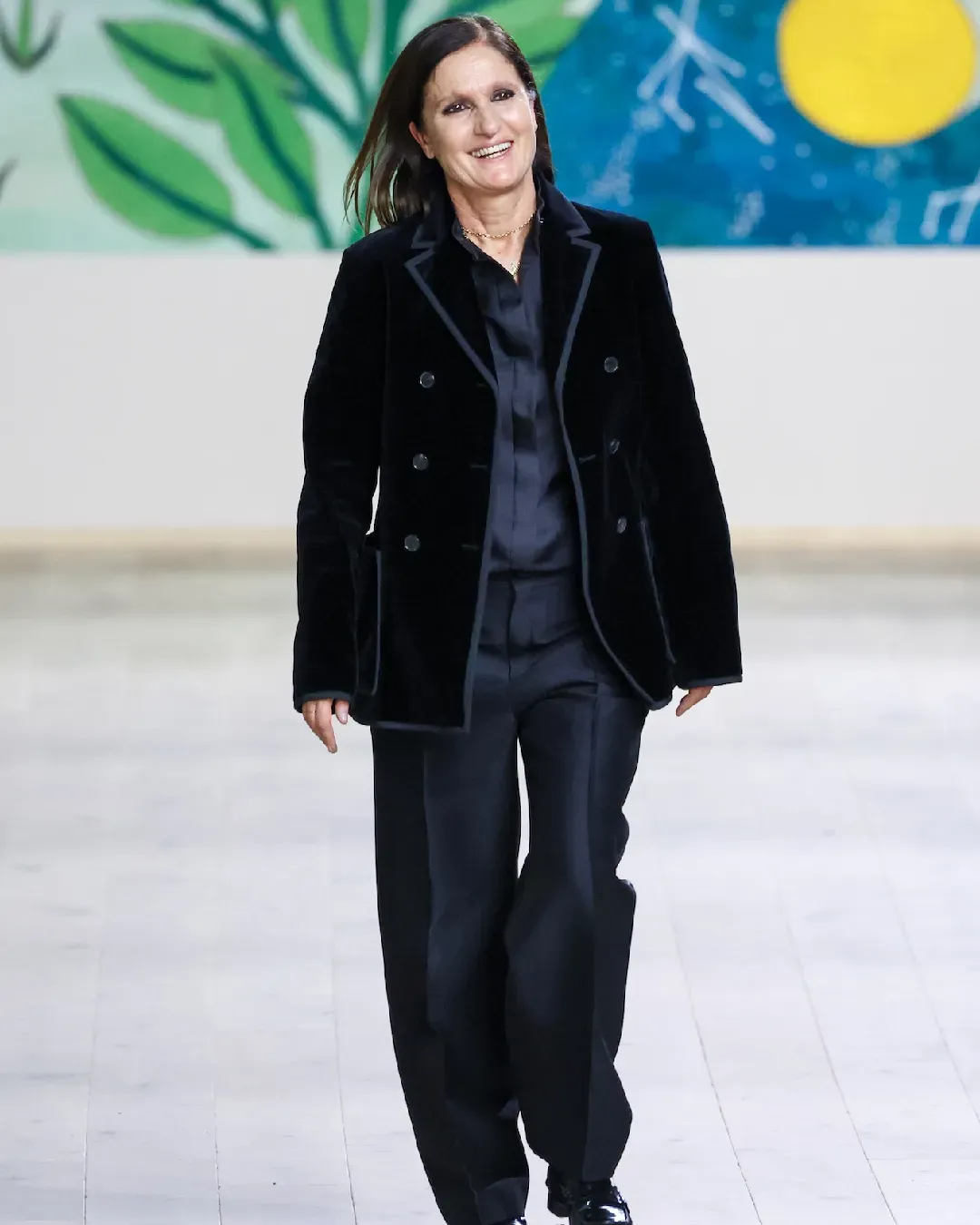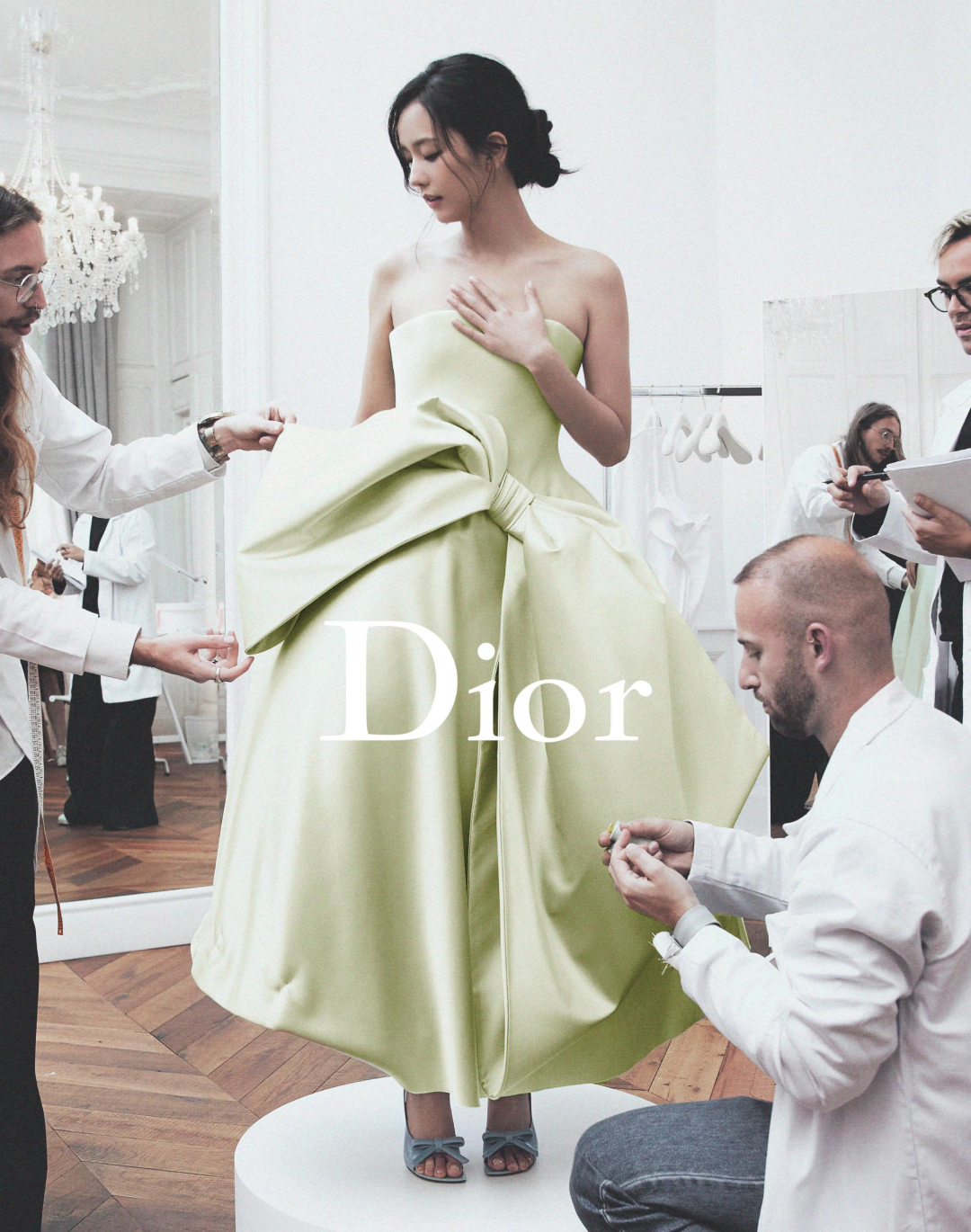
67 years after his death, a look back at Christian Dior's sewing prowess Focus on the visionary genius of a timeless designer
If we mention New Look, Saddle bag, and J’adore, there is a 99% chance that a single, unified answer will immediately come to mind: Dior. Although the House is now owned by luxury giant LVMH and is under the controversial creative direction of Maria Grazia Chiuri, its origins date back to the 1940s with a founder we commemorate today, sadly on the 67th anniversary of his passing. From Christian Dior to Maria Grazia Chiuri, the House has seen a series of creative directors, each tasked with keeping a bit of the founder’s spirit alive while adapting the brand's style to their own vision, which ultimately convinced Dior to choose them. Nearly 70 years after Christian Dior’s death and with at least seven successors since, this solemn day reminds us of the true DNA that gave birth to the House. So, to pay homage to Monsieur Dior and ensure that his couture prowess and successes aren’t forgotten, let’s take a trip back in time with a recap of all the milestone moments of his life and career, both cut tragically short.
It all began in 1946, in the aftermath of World War II, when Christian Dior, then in his forties, decided to enter fashion and open his first haute couture store on Avenue Montaigne. Just a few months later, in 1947, his very first show, realized with his powerhouse team, including Pierre Cardin, would inadvertently make fashion history and lay the foundation for what was then a fledgling brand. Full skirts, waist-accentuated suits (the famous bar jacket), wide-brimmed elegant hats, feminine silhouettes: the New Look, named after a comment from Harper’s Bazaar editor Carmel Snow, was an ode to women, formally breaking from the rising fashion trends before his arrival. Gone were sharp-shouldered jackets and short, straight skirts with severe lines; with the New Look, hyper-femininity returned to the forefront, seduction was in style, and the femme-fleur became the quintessential Dior woman’s silhouette, a must-have look lest one be deemed out of fashion. The floral theme would continue to be explored by the Normandy-born creator throughout his brief career, especially with the corolla line, directly inspired by flower petals of all kinds. The same year as the New Look, along with an incredible collection that would propel the couturier to the forefront of the Paris and international fashion scenes, the House’s very first perfume debuted: Miss Dior. An enduring name, it was inspired by the affectionate nickname Christian gave to his sister Catherine, for whom he had boundless admiration and who inspired much of his work.
In 1957, the Dior house represented more than half of French couture exports. Time Magazine dedicated its cover to the designer, showing him holding his left-handed scissors. That same year, he also established a licensing system, allowing accessory manufacturers to sign their products with his name. In just eleven years, his business expanded to fifteen countries and provided employment to over 2,000 people. During this time, 100,000 dresses were sold. Sadly, this prosperity would be short-lived, as at just 52 years old, after only a decade-long career, Dior passed away suddenly from a heart attack while vacationing in Italy. Rumor has it that the cause was burnout and a frenetic lifestyle. It is said that he planned to leave the fashion world to start cultivating flowers, particularly lily of the valley, which he already grew before his tragic passing. It was this same lily of the valley that poetically adorned his casket, allowing him to depart surrounded by what he loved and what had always inspired him.
Yet, Monsieur Dior's death did not mark the end of the Dior legacy. Yves Saint Laurent (from 1957 to 1960), who already worked at Dior’s atelier, succeeded him, followed by Marc Bohan (1960 to 1989), Gianfranco Ferré (1989-1996), John Galliano (1996-2011), Bill Gayten (very briefly, from 2011 to 2012), Raf Simons (2012-2015), and Maria Grazia Chiuri to the present day. The rest of Dior’s story would be marked by iconic moments, like the creation of the Lady Dior bag, inspired by the Napoleon III chairs used for seating guests at Dior's first show and renamed in tribute to Lady Di, who requested it in various versions and made it famous. John Galliano’s collections also represent an emblematic and flourishing era for Dior, with his theatrical shows and grandiose creations. While recent collections and Maria Grazia Chiuri’s creative direction have been far from universally praised and even disappoint some fashion devotees, the House of Dior remains one of the pillars of French fashion, significantly strengthening its global influence. Today, Christian Dior, his New Look, and his florals are recognized as vital pieces of fashion history that won’t be forgotten, even 67 years later and through a range of creative directors, disappointing or otherwise.










































